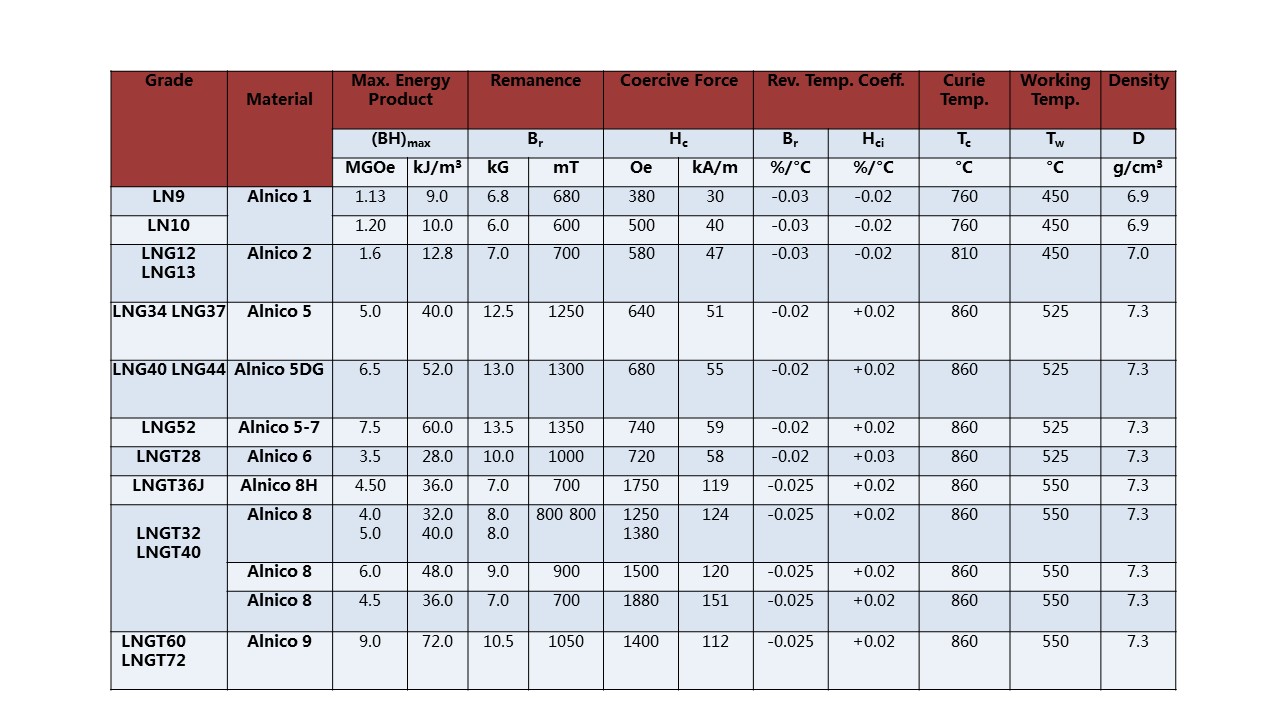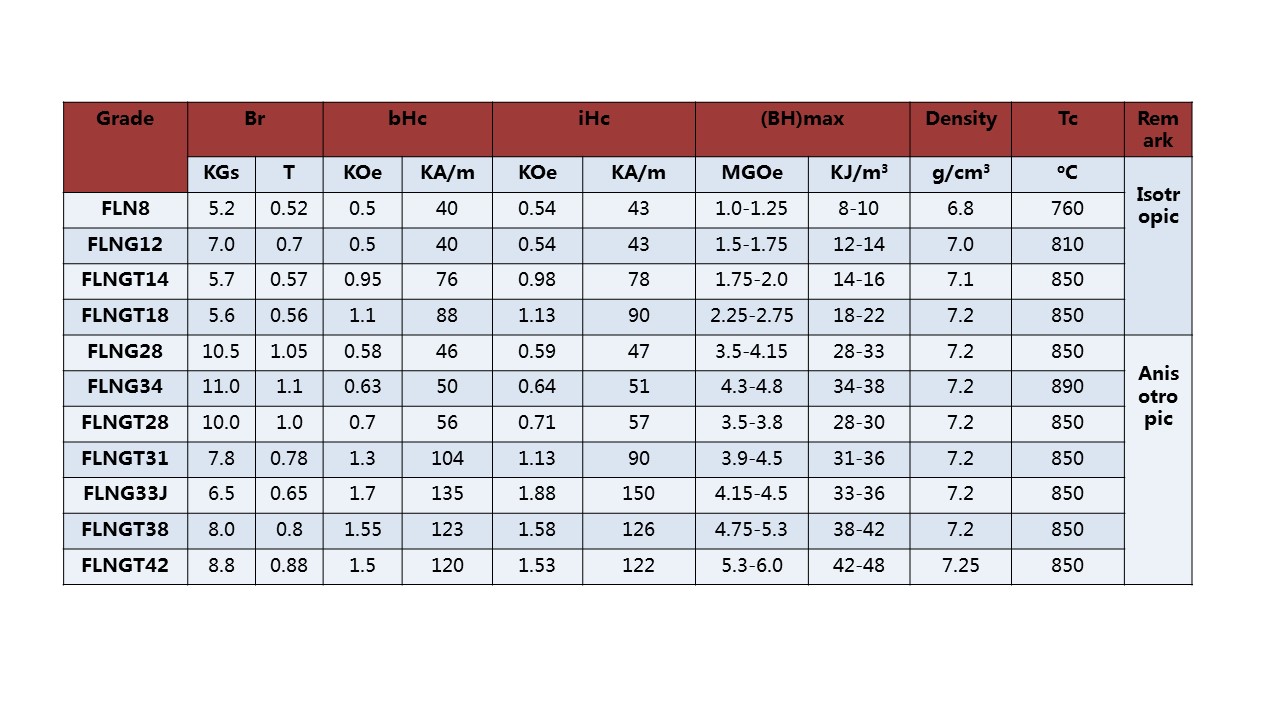
Improved combined production process of microalgae biological denitration, high value-added product production and biodiesel preparation
Firstly, based on the need of high-concentration nitrite tolerance and adaptability of algae in industrial flue gas biological denitrification, the screening of NOx high tolerance algae species was carried out. The study found that the tolerance of different microalgae species to high-concentration NOx has interspecific specificity, while most species of Chlorella species have good tolerance to high concentrations of nitrite. Further physiological mechanisms have found that Adaptability is achieved through three steps: coercion, adaptation, and utilization (Li et al. 2016).
Subsequently, the biodenitrogenation ability of chlorella in industrial NOx environment was verified by using the self-invented high-efficiency photobioreactor (Chinese invention patent, authorization number 201410063589.X) to obtain high biomass and cell fat content. At the same time, reaching 60% flue gas denitration rate proves the potential application value of microalgae in the field of industrial flue gas biological denitrification (Zhang et al. 2014b). A joint production process Ver1.0 (Chinese invention patent, authorization number 201410063243.X) for microalgae biological denitrification, high value-added product production and biodiesel production was proposed.
Aiming at the mismatch between the relative low efficiency of microalgae photoautotrophic growth and the high demand for industrial flue gas emission reduction, the research on photosynthetic and nutrient culture method for flue gas biological denitrification was further carried out, and the cultivation process was gradually optimized. The maximum biomass yield was 9.87gL−1d−1, and the denitration rate was over 96%, and the oil yield of 1.83g L−1d−1 was obtained. Studies have shown that the simultaneous absorption of organic carbon and inorganic carbon in the concurrent culture process is beneficial to significantly reduce the consumption cost of organic carbon raw materials, and at the end of the simultaneous cultivation of microalgae biological denitration, only a small amount of nutrients in the culture liquid is special. It is an organic carbon and carbon residue that achieves a green production process that avoids secondary pollution. This study demonstrates the feasibility of applying energy microalgae to industrial flue gas biological denitrification and energy production, and provides an industrialization strategy for flue gas reduction under limited land conditions (Chen et al. 2016). On this basis, the combined production process of microalgae biological denitration, high value-added product production and biodiesel production was further improved, and an optimized production process Ver2.0 was proposed.
The above two studies published in Enviro nmental science & technology (Zhang et al. 2014b; Chen et al. 2016) have been used as key scientific articles by the Renewable Energy global innovations website. Follow-up reports were made. It is believed that the research results "first proved the true feasibility and practicability of microalgae for the production of high-value products while reducing industrial pollutants."
Based on the above research results, the researchers were invited by Applied Energy and Applied Microbiology and Biotechnology to write a review paper (Chen et al. 2015; Zhu et al. 2016).
The above research was funded by the “973†Program, the National Natural Science Foundation of China, the Hubei Provincial Natural Science Fund Key Project, the Frontier Project of the Youth Talents Field of the Knowledge Innovation Project of the Institute of Fisheries and the Sino-Petrochemical Enterprise Horizontal Project.
AlNiCo material is comprised of aluminum,nickel,cobalt and iron with varying additions of other elements.There are two different manufacturing processes for AlNiCo:Cast and sintered.Cast AlNiCo can be made into many sizes and shapes,whereas Sintered AlNiCo is usually restricted to smaller sizes.However,both processes lead themselves to complex geometries and configurations.Standard Sintered AlNiCo has tighter dimensional tolerances due to its processing.It also has slighty lower magnetic properties,but better mechanical strength than Cast AlNiCo products.
Sintered Alnico magnet

Cast AlNiCo

Alnico Magnet,Alnico 5 Magnets,Alnico 8 Magnet,Bass Pickup Alnico Magnet
Chongqing Great Well Magnet Co.,ltd. , https://www.gwmagnet.com